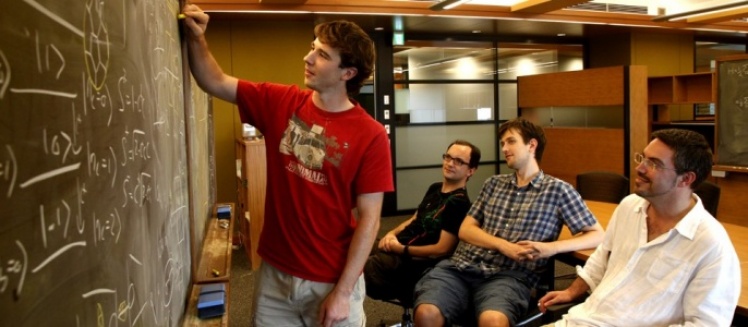Research
According to conventional wisdom, electric currents in metals are carried by effective electrons with spin half and charge -e, and the low energy spin excitations of magnets are spin waves with spin one. However, when it comes to many modern magnets and metals, conventional wisdom appears to be wrong.
The properties of these exciting new materials are a consequence of strong correlations - the way in which different microscopic degrees of freedom in complex solids (charge, spin, lattice, orbital etc) - interact with one another to give a whole whose collective behaviour is different from the sum of the parts.
Understanding just what has gone wrong with the existing theory of metals and magnets is a major and fundamental physics challenge, requiring a complete rethink of the theory of electrons in solids.
Our research addresses this need for a new theory through the development of new mathematical models and theoretical approaches to the problem of strong correlation. We maintain close collaboration with experimental groups working on such unconventional magnets and metals.
Much of our recent effort has been concentrated on the simplest of these highly complex systems - highly frustrated magnets. In these materials, quantum effects strongly modify - or obliterate entirely - conventional classical order. As such they provide a fascinating window on the quantum world.
This research, including results for quantum spin ice and quantum spin nematics is described in the Annual Reports of the TQM Unit.
Links to the associated papers can be found on our Publications page.




